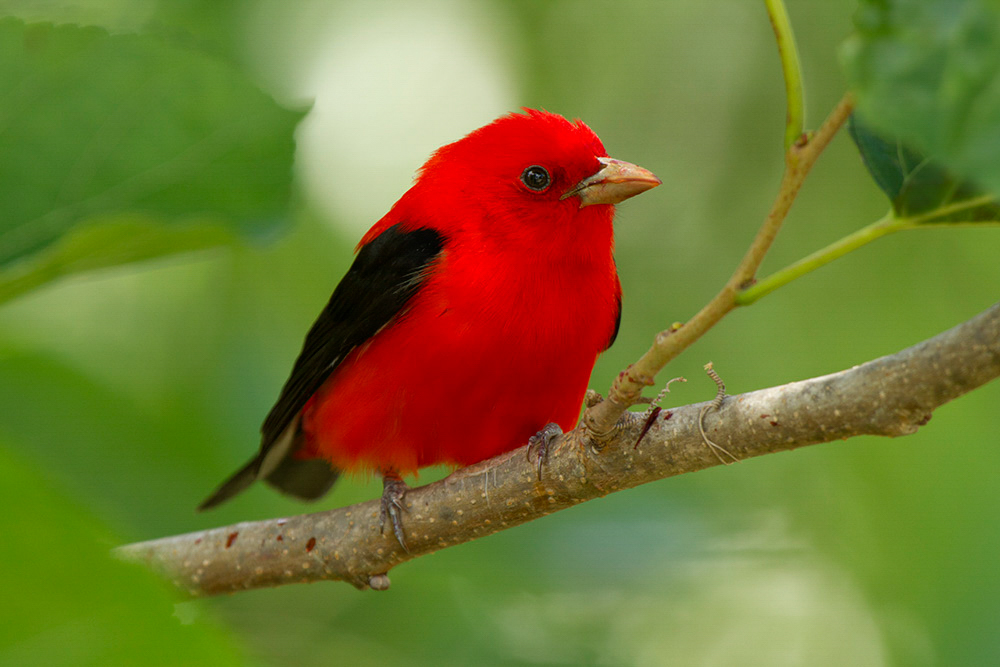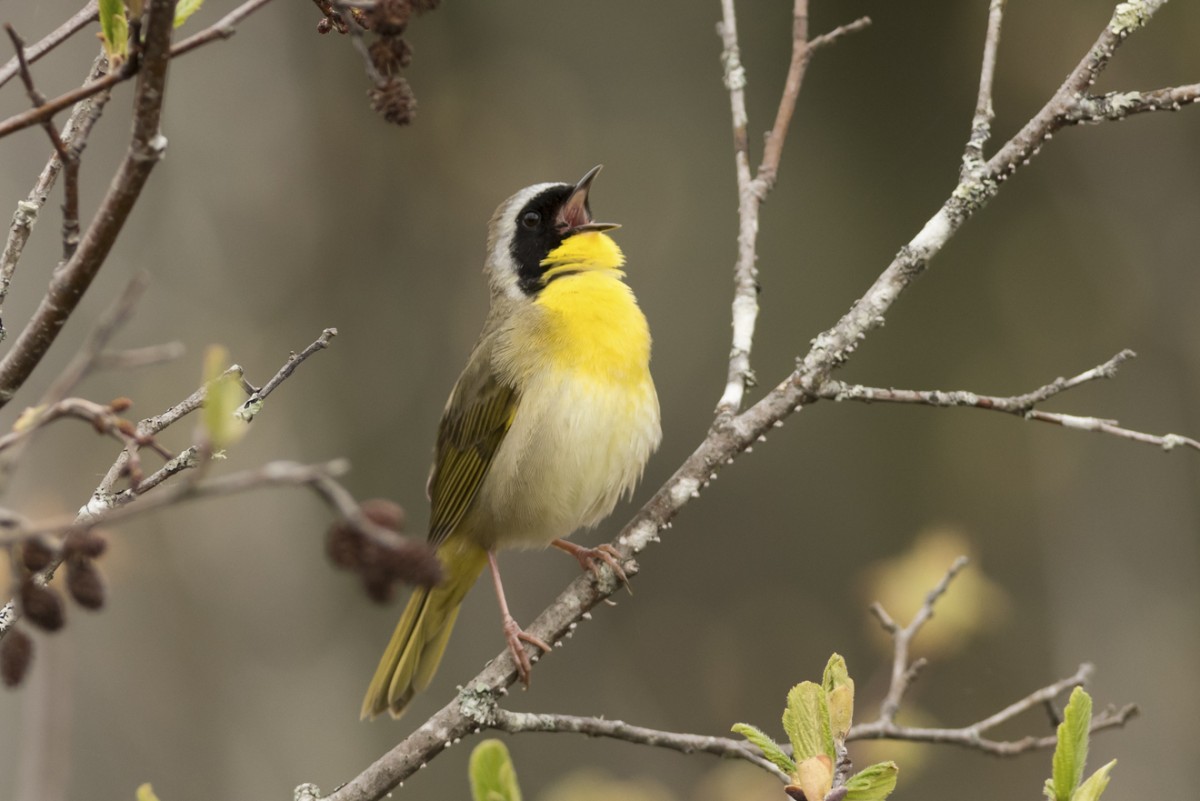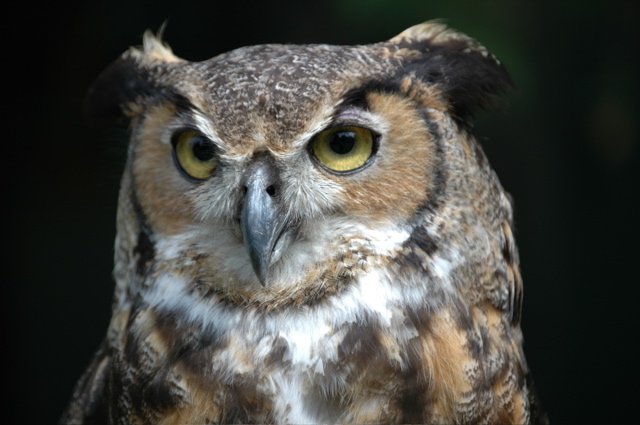July 2020 – From Board Member, Rod Sutton – Photographer and Naturalist as part of DOAS Bird Photography for Beginners – Chat Session Part 2
What is the difference between manual and automatic exposure modes?
To use the manual settings of a camera, it is useful to know what is happening. The sensor in a camera needs a controlled amount of light. A digital camera uses a field of photo-sites to record an image. When the shutter button is pushed, the camera’s shutter opens, and exposes these photo-sites to the light coming through the aperture of the lens. The aperture works like the iris of an eye, opening and closing so you can see in low light and bright light. If the light is too low, you cannot make out an image. If the light is too bright, it is blinding. If you walk out of dark room into strong sunlight, your eyes’ iris diagram closes the aperture of your eye.
During exposure, photons of light are turned into electrical signals. The camera uses these signals to calculate a value for each of these photosites. This process then calculates these values into pixels. The whole process is quite complicated and interesting, but not knowledge required to take good photographs. What is useful for determining the best exposure is understanding the aperture numbers.
Aperture
To double the area of a circle (in this case the aperture), you need to increase the radius by a factor equal to the Square root of 2, or by about 1.414. The smallest aperture (not usually seen) is f1. That is a very large aperture! To reduce the light reaching the sensor by half, you would take one times 1.4 rounded off 1.414. That results in the next aperture number 1.4. That happens to be the next full aperture used in photography. Take 1.4 times 1.4 and the result is 1.96, rounded is 2 (the next full f stop). Continue to do do this and you’ll get the sequence 1.4, 2, 2.8, 4, 5.6, 8, 11, 16, 22 and so on up to f64. (F64 is the group name of the photographers Ansel Adams belonged to). The aperture numbers are referred to as f stops or f numbers.
Shutter Speed
Shutter speed is easier to explain. If you take a shutter speed of 1 second and divide it by two you have 1/2 second. The following sequence would be 1/4, 1/8, 1/16 (1/15 is used in cameras), 1/30, 1/60, 1/125 (used in cameras) and so on up to 1/8000 of a second.
Each sequential change in aperture and shutter speed increases the light reaching the sensor x2 or decreases it by 1/2.
So:
- 1.4 @ 1/500
- 2 @ 1/250
- 2.8 @ 1/125
- 4 @ 1/60
- 5.6 @ 1/30
- 8 @ 1/15
- 11@ 1/8
- 16 @ 1/4
- 22 @ 1/2 will yield the same exposure.
If you go from (f8 @ 1/60), to ( f11 @ 1/60), you reduce the exposure by one f stop. F5.6 at 1/60 would increase exposure by one f stop.
ISO numbers also represent increases of doubling or reducing sensitivity of the sensor. So, f11 at 1/60 using ISO 100 would yield the same exposure as f11 at 1/125 at ISO 200.
To freeze the wings of a bird in flight, use the fastest shutter speed possible; and depending on the available light, you may need a large aperture ( like 2.8) and a very high ISO number. As an example, the ISO range on my Nikon D850 is 64 through 25,600. However, higher ISO numbers do not yield the same quality image as low ISO numbers.
Exposure Triad
This is a basic explanation of what is referred to as the exposure triad. Please note that there are many variables not addressed in this simplified version.
The basic exposure modes you can choose from on most cameras include:
- Manual mode (M) is where you choose shutter speed, aperture and ISO.
- Aperture priority (A or Av) gives priority to the aperture you choose and the camera sets the shutter speed based on the selected ISO and available light measured by the camera meter.
- Shutter priority (S or Tv) gives priority to the shutter speed you select and the camera sets the aperture based on the selected ISO and available light measured by the camera meter.
- Program mode (P) sets aperture and shutter speed based on camera algorithms.
Many cameras have other auto modes based on subject specific algorithms You may see little mountains for scenics or little flowers for close ups. Some cameras have ISO numbers that the camera adjusts based on the above.
So to answer the question, “What is the difference between manual and automatic exposure modes?” – the answer could be that there is no difference if you are going to choose the same setting the camera would choose.
However, Av, Tv or program may be quicker when trying to capture wildlife on the move.
A good source for more in depth explanations can be found at http://cambridgeincolour.com








